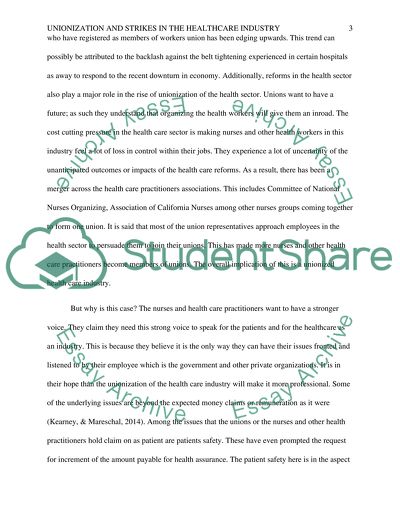Cite this document
(“Unionization and strikes in the healthcare industry Term Paper”, n.d.)
Unionization and strikes in the healthcare industry Term Paper. Retrieved from https://studentshare.org/health-sciences-medicine/1684518-unionization-and-strikes-in-the-healthcare-industry
Unionization and strikes in the healthcare industry Term Paper. Retrieved from https://studentshare.org/health-sciences-medicine/1684518-unionization-and-strikes-in-the-healthcare-industry
(Unionization and Strikes in the Healthcare Industry Term Paper)
Unionization and Strikes in the Healthcare Industry Term Paper. https://studentshare.org/health-sciences-medicine/1684518-unionization-and-strikes-in-the-healthcare-industry.
Unionization and Strikes in the Healthcare Industry Term Paper. https://studentshare.org/health-sciences-medicine/1684518-unionization-and-strikes-in-the-healthcare-industry.
“Unionization and Strikes in the Healthcare Industry Term Paper”, n.d. https://studentshare.org/health-sciences-medicine/1684518-unionization-and-strikes-in-the-healthcare-industry.


